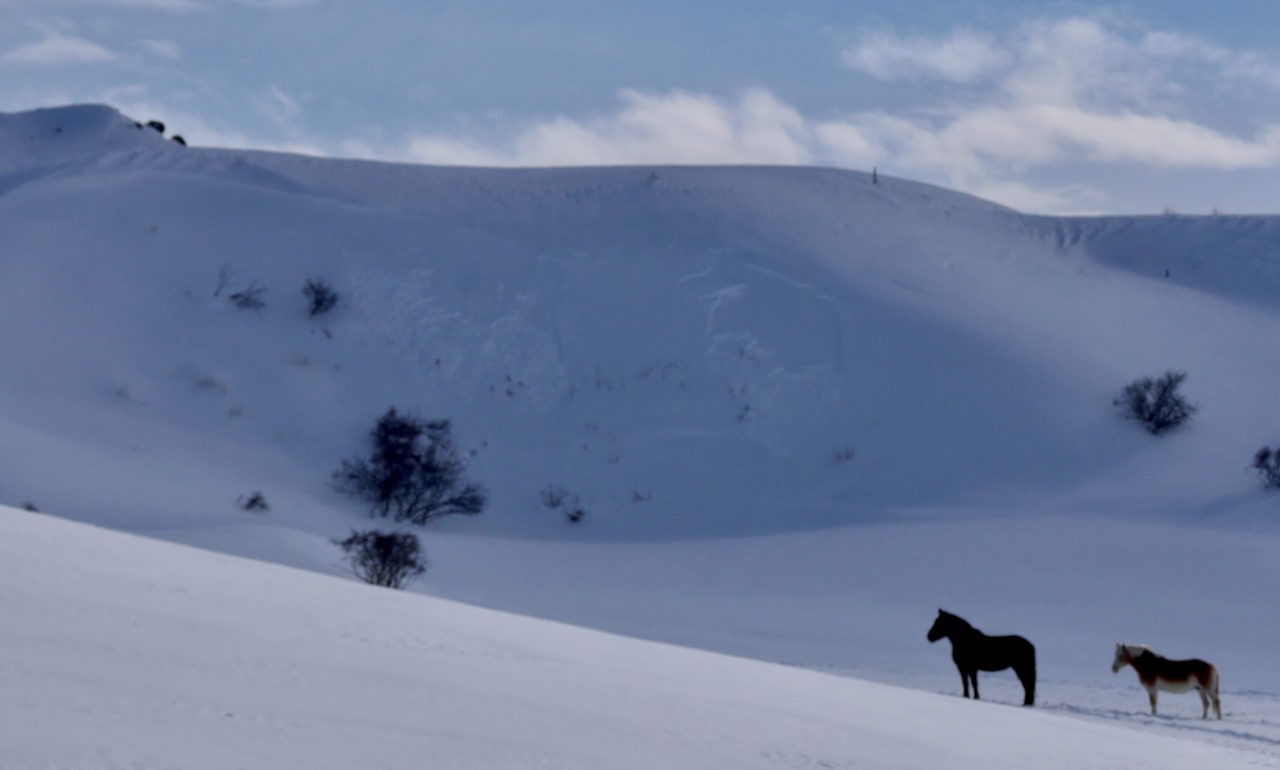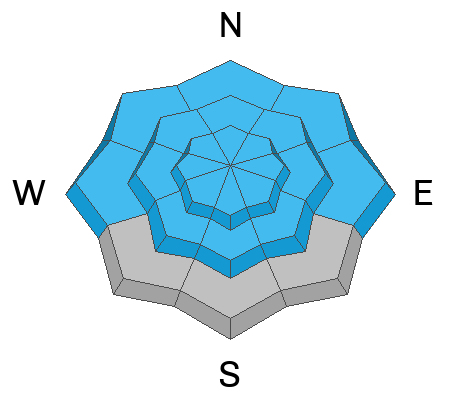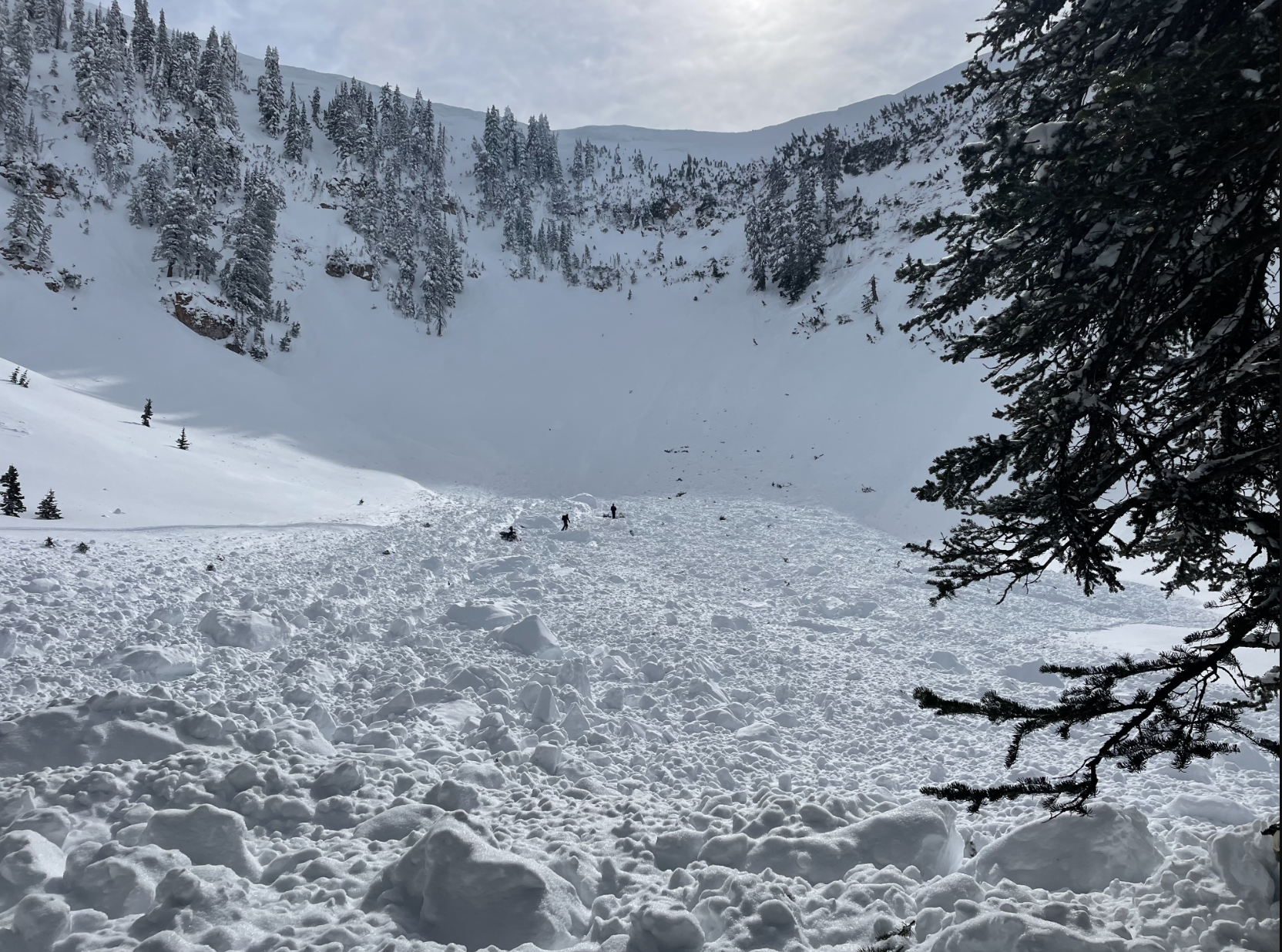Forecast for the Logan Area Mountains

Issued by Toby Weed on
Tuesday morning, March 7, 2023
Tuesday morning, March 7, 2023
Heightened conditions exist at all elevations today, the danger is MODERATE and avalanches are possible on backcountry slopes steeper than 30°. Potential avalanches could be larger and are more likely on drifted upper elevation slopes. Avalanches failing on a buried persistent weak layer are possible, even on sunny slopes and in drifted terrain at lower elevations where avalanche problems are uncommon.
- Evaluate snow and terrain carefully.

Low
Moderate
Considerable
High
Extreme
Learn how to read the forecast here











